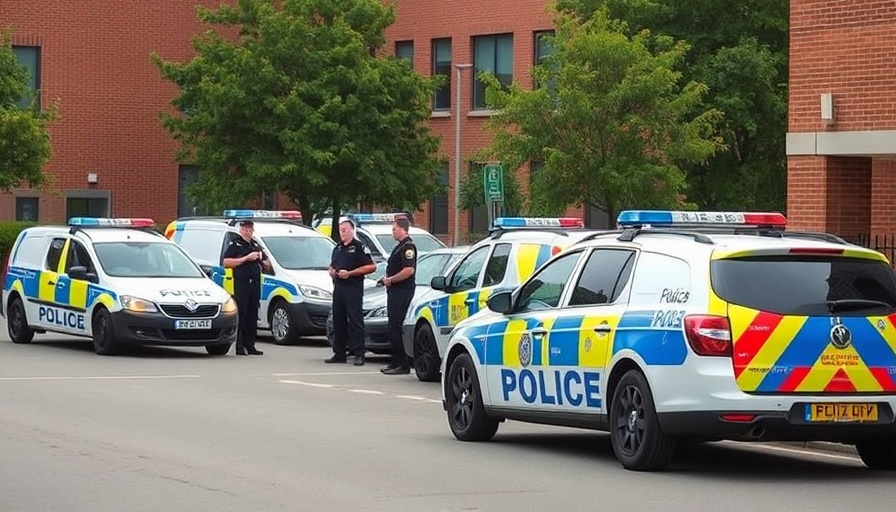
Understanding Road Rage: A Serious Social Concern
Recent incidents, such as the alarming road rage shooting in Southwest Houston, highlight a troubling trend that has escalated across the U.S. Over the past decade, the prevalence of aggressive driving behaviors has surged dramatically, with the AAA Foundation reporting a concerning increase in fatal crashes linked to road rage. According to their research, nearly 80% of drivers expressed significant anger or aggression while on the road in one recent survey.
The Scary Rise of Road Rage Incidents
Statistics suggest that road rage incidents, where emotional responses to driving frustrations lead to altercations, have become increasingly common. The Houston Police Department is now investigating the recent shooting where two armed drivers exchanged fire, escalating what could have been a simple dispute into a deadly encounter. In 2021 alone, the Gun Violence Archive noted over 600 incidents where road rage featured a firearm in the U.S. This underscores how aggression behind the wheel can turn into violent confrontations, risking lives and altering the safety of our roads.
Emotional Triggers Behind Aggressive Driving
Many individuals struggle with the frustrations of commuting, such as congestion, unexpected behavior from other drivers, and the stress of daily life. These elements can ignite aggressive reactions, leading to hostile driving behaviors. The tragedy in Houston serves as a stark reminder that when individuals do not manage their emotions effectively while driving, they not only endanger themselves but also innocent drivers and pedestrians.
Community Responses and Local Initiatives
Communities and law enforcement agencies are taking measures to address this rising issue. In cities across the nation, public campaigns are being launched to educate drivers regarding the importance of maintaining composure and conflict resolution techniques on the road. Such initiatives often encourage utilizing resources like conflict de-escalation training that can benefit drivers in managing emotional responses before they spiral into violence.
Understanding the Law: What Happens After an Incident?
Legal consequences following a road rage incident can be severe, particularly when firearms are involved. Charges can range from misdemeanor incidents to heavyweight felonies depending on the situation and the state laws. In Texas, where the Houston shooting occurred, gun laws allow individuals to carry firearms, leading to complex legal scenarios during road rage disputes. Individuals involved in such incidents often find themselves embroiled in lengthy legal battles, facing potential prison time, fines, and civil suits if involved in injury or fatalities.
Future Predictive Insights: Will Road Rage Continue to Climb?
Experts predict that, without significant intervention, road rage incidents may continue to rise. Increasing traffic volumes coupled with drivers' general emotional stress from life complications may result in more individuals resorting to violent altercations. It is crucial for communities to focus on not only immediate responses after incidents but also preventative measures that improve collective road safety.
Take Precautions on the Road
To mitigate your risk of becoming involved in a road rage situation, remember to maintain a safe distance from other vehicles, stay calm in the face of aggression, and refrain from engaging with aggressive drivers. It is important to keep in mind that responding with aggression often escalates a situation, leading to dire consequences.
Conclusion: Your Role in Promoting Road Safety
The Houston road rage shooting serves as a pressing reminder of the human cost associated with aggressive driving. Community education and responsible driving are crucial to preventing future outbursts of violence on the roads. We can work together to foster a safer driving environment. Start a conversation in your community today about maintaining road safety and emotional management. Every small step counts in creating a larger impact.
 Add Element
Add Element  Add Row
Add Row 



Write A Comment